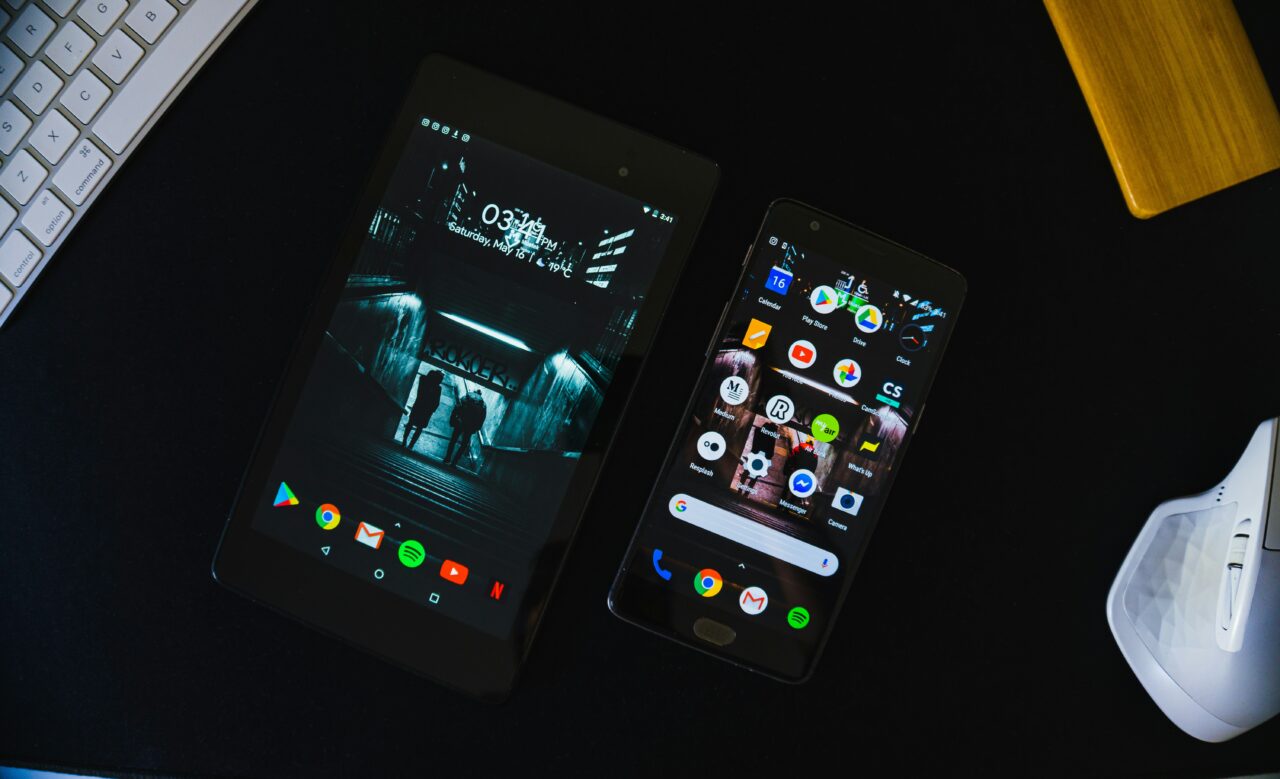Microinteractions are small, subtle design elements that add a touch of interactivity and delight to mobile app experiences. In this article, we explore the significance of microinteractions in mobile app design and how they enhance user interactions, improve usability, and create memorable experiences.
- Understanding Microinteractions: Define microinteractions and their role in mobile app design. Discuss how microinteractions consist of small animations, transitions, feedback, and visual cues that provide users with feedback and guide them through the app’s interface. Highlight their ability to make interactions more engaging, intuitive, and enjoyable.
- Providing Feedback and Confirmation: Explain how microinteractions can provide real-time feedback to users, reassuring them that their actions are recognized and processed. Discuss examples like button animations, loading spinners, or progress bars that indicate that an action is in progress. Emphasize the importance of clear and concise feedback to enhance the user’s sense of control and understanding.
- Guiding User Actions and Discoverability: Discuss how microinteractions can guide users and make app interactions more discoverable. Explore examples like subtle tooltips, hint animations, or micro-tutorials that assist users in understanding how to navigate the app’s features and functionalities. Explain how microinteractions can reduce the learning curve and increase user engagement.
- Creating Emotional Connections: Highlight the ability of microinteractions to evoke emotions and create memorable experiences. Discuss how delightful animations, playful sounds, or personalized interactions can foster a sense of connection and enjoyment. Share examples of apps that successfully use microinteractions to evoke positive emotions and reinforce brand identity.
- Streamlining Complex Interactions: Explain how microinteractions can simplify complex interactions by breaking them down into smaller, manageable steps. Discuss how progressive disclosure, context-aware animations, or interactive form validations can enhance the user experience and reduce user frustration. Emphasize the importance of intuitive and frictionless interactions in mobile app design.
- Enhancing Visual Feedback: Explore how microinteractions can provide visual feedback that aids users in understanding their actions’ outcomes. Discuss how animations, color changes, or subtle visual cues can indicate changes in states, transitions, or data updates. Explain how visual feedback improves usability and helps users make informed decisions.
- Encouraging User Engagement: Discuss how microinteractions can encourage user engagement and create a sense of delight. Explore examples like swipe animations, pull-to-refresh gestures, or interactive onboarding experiences that captivate users’ attention and encourage them to explore further. Highlight the role of microinteractions in fostering user retention and loyalty.
- Ensuring Consistency and Brand Identity: Explain how microinteractions contribute to maintaining consistency and reinforcing brand identity. Discuss the importance of using consistent animation styles, sound effects, or visual cues throughout the app to create a cohesive and recognizable user experience. Emphasize the need to align microinteractions with the app’s overall design language.
- Iterating and Testing Microinteractions: Highlight the iterative nature of microinteraction design. Discuss the importance of prototyping, testing, and refining microinteractions to ensure they align with user expectations and preferences. Explain how user feedback and data-driven insights can help optimize microinteractions for improved user experiences.
Conclusion: Microinteractions play a crucial role in mobile app design, elevating user interactions from functional to delightful. By leveraging microinteractions to provide feedback, guide users, simplify interactions, evoke emotions, and enhance visual feedback, mobile app designers can create engaging and memorable experiences. With careful attention to consistency, usability, and brand identity, microinteractions contribute to a seamless and enjoyable user journey, ultimately increasing user engagement, satisfaction, and the app’s success.



